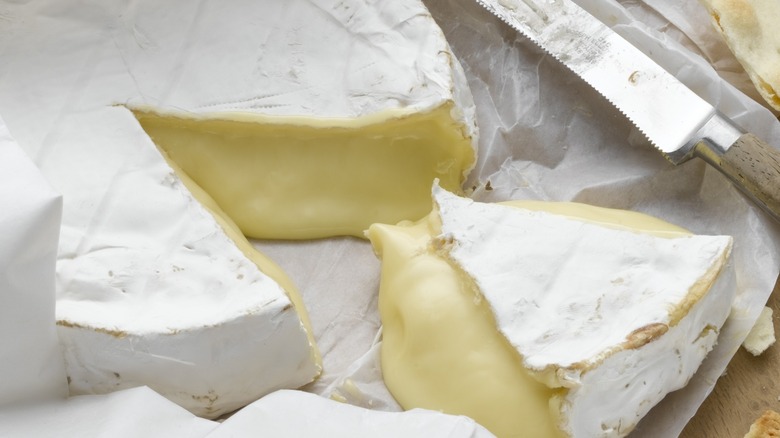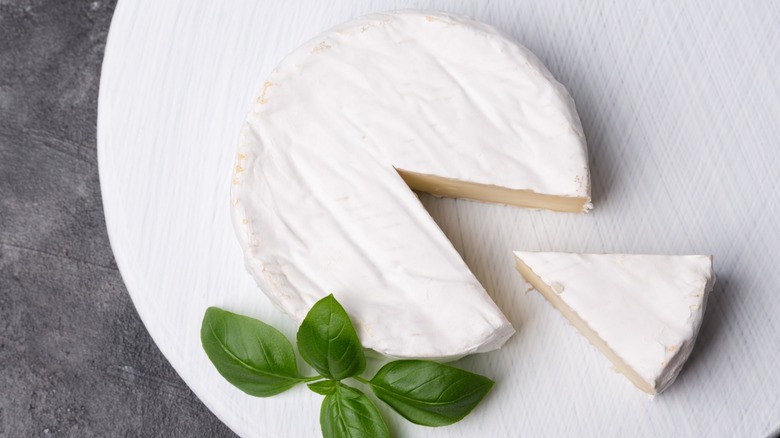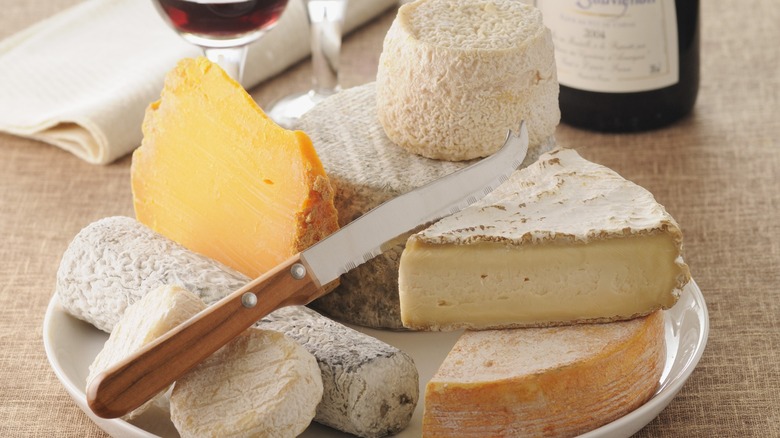Is Brie Cheese Seriously Going Extinct?
France offers an impressive variety of fine cheeses, yet the beloved Brie always ranks as its foremost export. With a rich history dating back to the 7th century, when it was first crafted by monks in Meaux and Melun, east of Paris, Brie has earned its momentous reputation as the "Queen of Cheeses." However, despite its timeless appeal, Brie now faces its greatest threat and is at risk of extinction due to a fungal crisis.
This French delicacy is instantly recognizable by its velvety, fabric-like rind along with the nutty, buttery interior that can be prepared in so many ways – it pairs effortlessly with both savory and sweet treats. Each bite of that delicious Brie, like all the cheeses, also encapsulates a whole dynamic ecosystem. During the cheesemaking process, bacteria and fungi, including both yeasts and molds work together to break down milk fats and proteins, producing hundreds of chemical compounds that give the cheese its distinctive taste, aroma, and texture. Simply put, without these tiny but mighty microbes, the unique qualities of cheese wouldn't exist. Today, many of France's most iconic cheeses rely on a single delicate strain of fungi that is at risk of disappearing. Although Brie won't completely vanish from shelves, French food lovers can expect some changes to their favorite cheese.
From wild to lab-made Brie mold
The crisis that puts Brie cheese in danger is the looming extinction of the specific mold used to make it. Penicillium camemberti is a lab-domesticated fungi strain and has been cloned for generations to make perfect, uniform Brie. You might wonder if there is a difference between French and American Brie or if it is only French Brie that's at risk. The answer is no: the key ingredient in every Brie, French or American, is the same strain of Penicillium camemberti, and this is where the problem lies.
Long ago, Brie relied on a species of fungi called Penicillium biforme, which already resided in the humid caves where the cheese was aged. Since this was not a uniform strain, each cheese had variations in color, taste, and texture. In the 20th century, in the pursuit of more consistent, standardized cheese production, cheesemakers discovered and isolated a specific fast-growing albino strain from the cheese, known as Penicillium camemberti. This strain formed the signature, beautiful velvety white rind that we see on all Brie selling in the market today worldwide.
However, this particular strain cannot reproduce sexually, which limits its ability to generate genetic diversity. As a result, cheesemakers must continually clone it. This repeated cloning introduces genetic errors that weaken the strain, potentially causing it to die out. It's not just Brie that's at risk — camembert faces the same challenge as it relies on the same fungal strain.
Saving Brie by embracing fungi diversity
Is Brie cheese really going extinct? Yes and no. Yes, because the lab-made bacterial strain, Penicillium camemberti, which gives us the Brie we enjoy today is gradually disappearing. However, Brie cheese itself will continue to exist, though in different forms and without the exact flavor profile we savor today. These new types of Brie will be reminiscent of the variations that existed before Penicillium camemberti was domesticated and may have different colored rinds instead of the signature white rind we expect to find on Brie.
So, the solution lies in the past, back when nature was allowed to take its course without intervention. The key to saving our cheeses, not only Brie, is restoring the genetic diversity of fungi. To deal with this shift, artisan farms may be better positioned to adapt than large cheesemakers and food corporations. Many of these smaller farms already embrace the natural diversity of fungi in the environment, which offers unique and unforeseen variations in the cheesemaking process.


